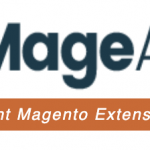10 Reliable Linux Server Distributions and LAMP / LEMP Stack Manuals
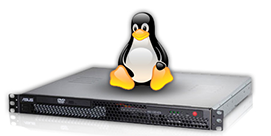
Today we are going to talk about Linux server distributions. The open-source nature of Linux is the main reason for the wide variety of available distros. Each Linux distribution is designed with a slightly different set of features. As a result, some distros are often used as the best linux server solutions, while the others are less suitable for this purpose. So what is the most reliable Linux web server option? Below you will find the answer. There are 10 Linux servers described in the following article. Additionally, you will find LAMP / LEMP stack manuals related to every distribution.

Table of contents
Ubuntu is the leading Linux distribution for scale-out computing, which delivers the best available scale-out performance. It works on traditional ARM and x86 servers, as well as on the popular Power architecture. It means you can build your projects on all possible hardware.
Another important advantage of Ubuntu is performance. It offers agile, secure, highly scalable solution for everyone. Ubuntu has enough performance for running NoSQL databases, web farms, or clouds. Since it is certified by leading OEMs of hardware industry, there are all the necessary deployment tools provided with linux server software.
I should also mention the release cycle of Ubuntu. Regular updates offer support for the latest apps. In their turn lean initial install, deeply integrated deployment, and complex orchestration technologies offer simple management and deployment at scale.
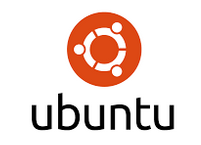
And you can scale without any limits! Since there are neither licence fees nor subscription costs, you can scale your data centre as your business grow. Note that the price does not change if you enhance your hardware. You can even subscribe to Ubuntu Advantage management program, which includes support for unlimited virtualization and provides direct access to Ubuntu specialists responsible for fast problem resolution. Another important feature of Ubuntu Advantage is the Landscape management package. It provides a universal interface for controlling physical, virtual and cloud servers. It is extremely easy not only to set up but even to use.
Support for tons of public clouds as another strong point of Ubuntu. The company provides images for much wider range of public cloud providers than other competitors. And don’t forget about relevant updates! It’s not surprising that Ubuntu is the most popular solution for open source cloud building, as well as the most widespread cloud guest OS on both public and private clouds worldwide.
The latest current version of Ubuntu is 15.04 “Vivid Vervet,” which is optimised for new technology trends such as mobile, containers, and the Internet of Things. The latest LTS or Long Term Support version is 14.04. It is offers new release once in 2 years and includes 5 years of commercial support for the Server edition.
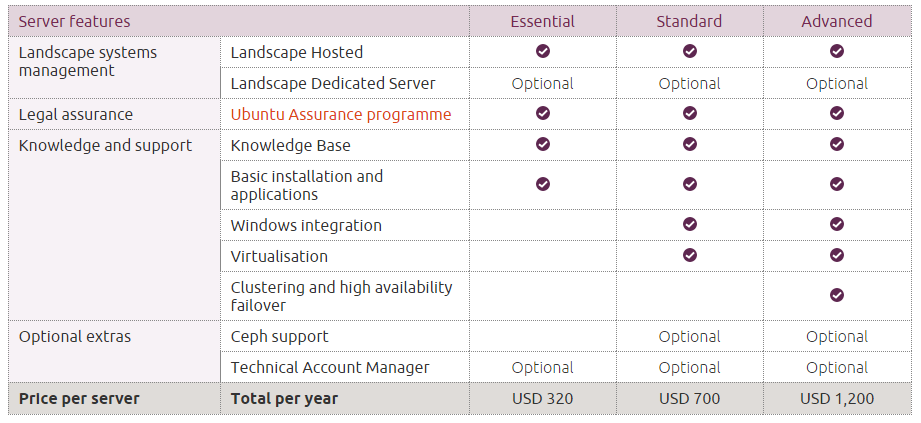
Ubuntu Server Features
Ubuntu LEMP Stack Manuals
If you don’t know how to install LEMP stack – Linux, nginx, MySQL, PHP – on Ubuntu, I recommend you to check the following posts:
The authors describe how to use the Ubuntu Linux server with nginx, MySQL, and PHP software in order to get your server up and running.
Red Hat Enterprise Linux server operating system also known as RHEL is another reliable solution for running a web server. Being based on another community-driven Linux distro Fedora, it combines the latest features of this distribution with the quality and stability of commercial software. Red Hat Enterprise Linux is utilized by different companies worldwide, including over 90% of Fortune Global companies.
This distribution is good for different purposes, such as network firewall control, secure containers, linux home server, etc. Since RHEL relies on military-grade security technologies, it is able to protect your data from malefactors. In addition, you get a support from a Product Security team. All your projects across virtual, physical, and cloud environments will be backed and preserved.
And that was just the beginning! RHEL offers all the necessary tools for building and maintenance of highly available storage solutions. Moreover, the distro is highly scalable, as it provides a wide variety of file system options and storage management capabilities. Thus, RHEL distribution is not only designed to grow with your enterprise, it can run the toughest workloads out of the box. Due to a system of tuning utilities and performance-optimized profiles, you will be always able to tune your server for particular needs.
Another important feature of Red Hat Enterprise Linux is a framework based architecture. It simplifies deployment processes as well as all possible system configurations. Furthermore, RHEL offers an intuitive user interface, so you won’t have any troubles with managing the infrastructure.
Compatibility with heterogeneous systems is also a plus. RHEL supports both UNIX and Microsoft Windows Server due to the integration with Microsoft Active Directory and some identity management features. The distribution also offers the deployment as a guest OS across public clouds as well as several supported hypervisors.
Other important features of RHEL are High Availability; Resilient Storage; Smart Management; and Extended Update Support. The system offers the High Availability Add-On designed to provide on-demand failover. As a result, all your apps are highly available. Resilient Storage means that the same storage device can be accessed over a network for both shared storage and clustered file system. Smart Management offers convenient updates and management for RHEL systems. Extended Update Support provides you with the ability to get the official support for the particular snapshots during 2 years. At the same time, RHEL offers 10 years of support for its major releases.
The distro is in development since 2010, while RHEL 7 made its debut in 2014. RHEL 7.1 is available since March 2015.
Fedora and RHEL LEMP / LAMP Stack Manuals
The following materials describe how to install LEMP and LAMP stack or Fedora and RHEL
SLES (SUSE Linux Enterprise Server) is aimed to provide top-notch mission-critical computing across virtual, physical, and cloud environments. As previous linux servers, it is a stable and easy to use distribution with 24×7 support. One of the greatest features of SUSE is the consulting team. Specialists will rapidly help you solve all the problems related to your server.
SLES is build upon the openSUSE Linux distribution and similar to Fedora-based RHEL in its attempts to provide enterprise class server software. Thus, it is focused on customer support and stability over the latest technologies. At the same time, SLES still provides all modern features common to other top paid and free web server solutions.
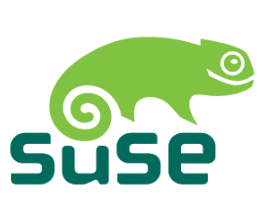
SUSE Linux Enterprise Server is designed to work with mission-critical IT services. It shows high efficiency and helps reduce costs. With SLES, you will be able to save both time and money, increase utilization of available resources, and reduce risks. The distro is recommended by such market giants as Microsoft, VMware, and SAP.
The latest version of the distribution is SLES 12. It appeared in the end of October 2014. New features, introduced in SLES 12 include Docker framework, rollback for the full system, live kernel patching, support for software modules. With the latest version of the distro, SUSE increased the uptime of data centers, improved operational efficiency, and accelerated the adoption of innovations.
Thus, you will be able to minimize unplanned downtime and reduce the planned one, as well as maximize the availability of your services with the help of SLES 12 . In addition, SUSE offers fast access to new open source features and other innovations. Moreover, simplified and automated IT management and vide flexibility are among its top features.

SUSE Linux Enterprise
OpenSUSE LAMP Stack Manuals
The below articles provide the detailed how-tos on LAMP Server building with openSUSE – the Linux distro used as a base of SLES 12.
CentOS server solution is widely spread among web hosting companies. This low-cost Linux server distro is based on RHEL, so you can still get a commercial support for it, while it is free.
Being a community-driven project, CentOS (Community Enterprise Operating System) relies on the RHEL code refined from all Red Hat’s trademarks. It is the best solution if you think that Fedora is focused on the community too much while RHEL is too enterprise-oriented. Thus, CentOS fills the gap between them.
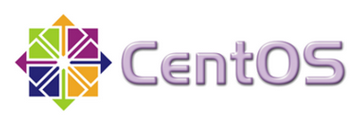
The latest available version of this Linux distribution is CentOS 7 (1503). It was released in March 2015. CentOS 7 is based on Red Hat Enterprise Linux 7.1 and include the following features: major IPA update, two-factor authentication, OpenJDK 8, Thunderbird, improved container support, etc.
CentOS images are now available across different vendors. Even Google and Amazon has official images. There is also a cloud-init enabled image designed especially for self-hosted clouds.
CentOS utilizes the Apache Foundation structure. It means that the project consists of different semi-autonomous SIGs or Special Interest Groups designed to provide various enhancements, add-ons, and replacements for the core functionality of CentOS. The major SIGs are: Core, Xen4CentOS, CentOS Design.

CentOS
CentOS LAMP and LEMP Stack Manuals
The following manuals describes how to install LAMP / LEMP stack on CentOS. There is also the detailed explanation on how to set up Magento on CentOS 7 with LEMP.
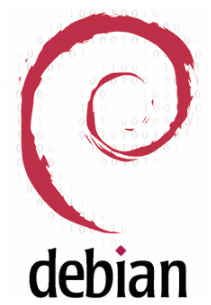 Despite Debian is widely used on personal computers, it is also a popular web server solution. Announced in 1993, the Linux distro has been changed a lot. Now Debian offers the access to more than 43 thousand of software packages with both free and paid software available on repositories related to Debian.
Despite Debian is widely used on personal computers, it is also a popular web server solution. Announced in 1993, the Linux distro has been changed a lot. Now Debian offers the access to more than 43 thousand of software packages with both free and paid software available on repositories related to Debian.
Unfortunately, Debian doesn’t provide any commercial support but you can find experts in Debian servers, since the project is old but still active. Moreover, Debian is number one among other Linux distros in the number of child distributions.
This Linux server software is designed with stability in mind. It doesn’t support all the latest features provided by other distributives, but it works well with a top-notch productivity.
Debian 8 “Jessie” is the latest available version of Debian. Released in April 2015, it will be supported until 2020. The major feature of Debian 8 is the new default init system – systemd. It features the latest versions of the Linux Kernel, LibreOffice, Apache, Perl, Python, GNU Compiler Collection, Xen Hypervisor, and such desktop environments as the GNOME and Xfce. Debian 8 “Jessie” offers ten architecture ports.

Debian Linux Servel
Debian LAMP and LEMP Stack Manuals
The below articles provide the detailed how-tos on LAMP and LEMP Server building with Debian.
Oracle Linux is another RHEL-based solution but with such unique features as Kool-Aid and twice cheaper support. You can download Oracle Linux through E-delivery service or from various mirrors. Despite commercial support which is also suitable for RHEL and CentOS installations, this distro is free to use, distribute, update, and at the same time easy to download.
Since Oracle Linux is highly optimized for database services of Oracle, it is widely spread through Linux market. The distribution offers lots of the latest tools and features designed for 3 environment types: traditional (physical), virtual, and cloud-based.

Another important aspect of Oracle Linux is top-notch performance combined with advanced scalability and enterprise level reliability.
Unlike other Linux distributions, Oracle offers production support for zero-downtime kernel updates. It means that you can apply patches and updates without a reboot. At the same time you can also fix different kernel issues right on production systems.
The biggest Oracle Linux advantage is the complete solution stack. The company offers the robust set of apps, management tools, middleware, database, OS, and hardware. Oracle constantly improves Oracle Linux to provide customers with a top-notch product. The distribution benefits from various testing: 128+ k hours of real-world workloads per day.
The latest available release of Oracle Linux is version 7.1. It was represented in March 2015. Oracle Linux 7.1 is based on RHEL 7.1.

Oracle Linux Server
Oracle Linux LAMP Stack Manuals
The following manuals provide all the necessary information about Oracle Linux LAMP Stack.
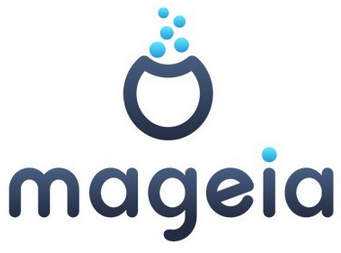 Mageia delivers a stable, secure, and reliable solution since 2010. It is an open-source community-driven project which is based on Mandriva Linux . The OS is GNU-Linux-based, so it is in a free access.
Mageia delivers a stable, secure, and reliable solution since 2010. It is an open-source community-driven project which is based on Mandriva Linux . The OS is GNU-Linux-based, so it is in a free access.
Mageia relies on hundreds of individuals and several companies. Its portfolio includes five stable versions. Mageia 5 is the latest one. It was released in June 2015.
Since Mageia 5 supports UEFI, it offers an extremely simple installation for a wide variety of new hardware. This distribution combines the strengths of Mandriva with unique features. Mageia was the first Linux distribution that introduced MariaDB instead of MySQL.
There is also an enterprise class support offered by Mageia.Org. It is also necessary to mention, that the Mandriva SA company provides Linux servers, which utilize Mageia code.
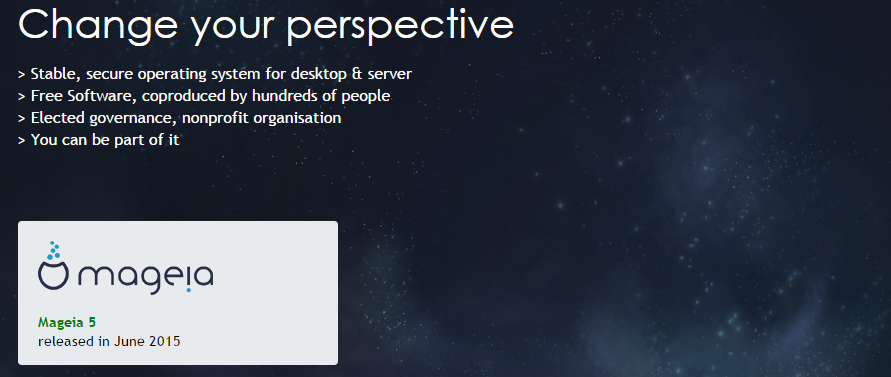
Mageia Linux Server
Mageia LAMP Stack Manual
The following official manual features the detailed description of LAMP server installation on Mageia:
ClearOS provides a user-friendly interface and superior documentation. Thus, it’s the ideal option for running a Linux server without any headaches. Moreover, ClearOS combines features of RHEL and CentOS, so it can be also used as a network and gateway solution.
ClearOS offers an app store with tools designed for extending the default capabilities of the distribution. There are more that 75 IT Functions offered by ClearOS. All of them are delivered in a form of apps, so you can easily install all the necessary tools on your ClearOS server.
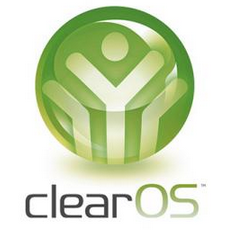
Another important feature of ClearOS is a remote access to your system. You just need an Internet connection to get the full control over your IT environment. And there is no need to use a command line, since ClearOS delivers a clear browser-based solution.
It is also necessary to mention that this distro offers a perfect linux vpn server solution. With ClearOS, you will get the complete VPN system, which is able to manage dynamic IP addresses by utilizing IPsec VPN; provide secure remote access to the system due to the use of OpenVPN; and set up VPN with a PPTP connection.
The latest release of ClearOS is 6.6. It offers a 64-bit support, prioritizing network traffic with QoS, a graphical installer, and network mapping. Enterprise grade security and robust data recovery are also among top features of ClearOS 6.6.
ClearOS LAMP and LEMP Stack Manuals
In the below posts, you will find the description of ClearOS LAMP and LEMP stack installations.
 Arch Linux is famous for minimalism, simplicity, and elegant code. The distro is installed as a base system, so you can easily configure another environment upon it. Note that most system configurations are performed in a shell or a text editor.
Arch Linux is famous for minimalism, simplicity, and elegant code. The distro is installed as a base system, so you can easily configure another environment upon it. Note that most system configurations are performed in a shell or a text editor.
As you might have guessed, Arch Linux is aimed at more advanced users. It is not easy to use and lacks the commercial support other Linux server distributions offer, but it is still a reliable solution.
It is also necessary to mention, that Arch Linux relies on a rolling release model when it comes to updates. Thus, you will always relevant components and packages on a regular basis, especially if you use the Packman package manager. It provides updates and dependency tracking. Since Arch Linux updates follow the releases of Linux kernel, you will always get optimal hardware support with Arch Linux.
This Linux distro offers packages for both i686 and x86-64 architectures. The package repository is always growing, because contributors provides new updates every day. The community around Arch Linux is strong and helpful. You can always check forums to find out how to fix any problems.
Arch Linux LAMP and LEMP Stack Manuals
Being stable and simple, Slackware is “Unix-like” Linux distribution number one. Unlike other counterparts, there is no graphical installation procedure in this distro. It also doesn’t have an automatic dependency resolution for packages of software. The administration and configuration of Slackware is based on modification of text files and use of a small set of scripts.
It is much more conservative than the above Linux distributions. Due to simplistic features, Slackware is mostly used by technically inclined users.
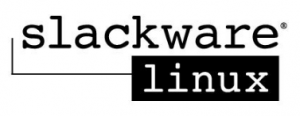
Slackware supports the IA-32 and x86-64 architectures, at the same time you can use it with the ARM architecture with the help of appropriate port. Despite Slackware is free and open source, it lacks a formal bug tracking facility, as well as public code repository. All the releases are announced by Volkerding, who is the primary contributor.
There are a lot of Linux distributions based on Slackware. The most notable on is the first versions of SUSE Linux.
It is also necessary to mention that Slackware provides paid support through other companies, but you can always find help on forums. The latest available version of this Linux distribution is Slackware 14.1.
Slackware LAMP and LEMP Stack Manuals
There are also dedicated descriptions for both LAMP and LEMP installation with Slackware. The most robust tutorials are listed below:
Most of the above distributions offer Linux backup software as well as tools for network monitoring. Besides web servers, they can be utilized for building Linux file server or other server solutions. What distro do you prefer? Why?








